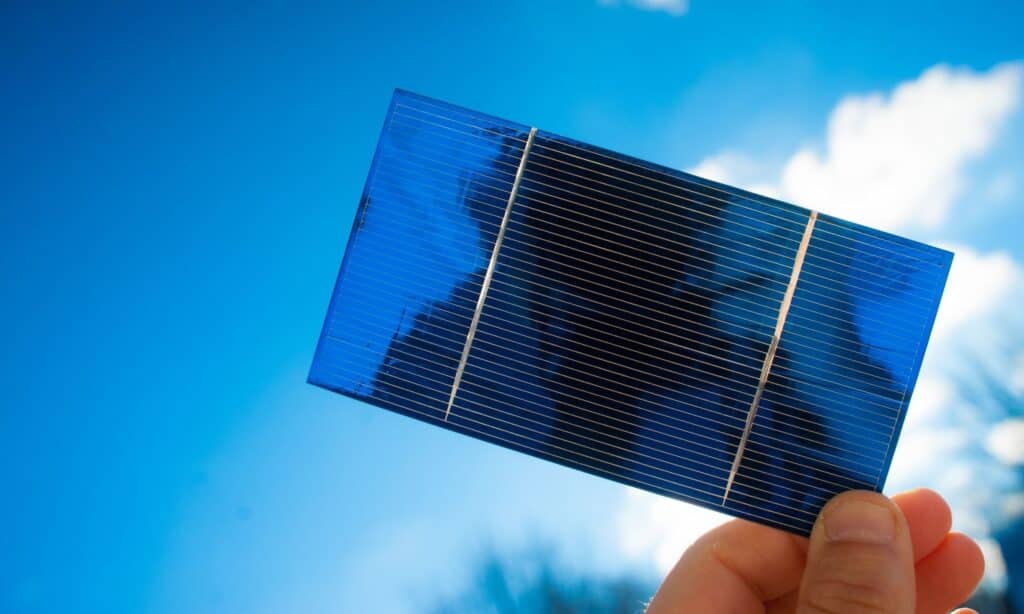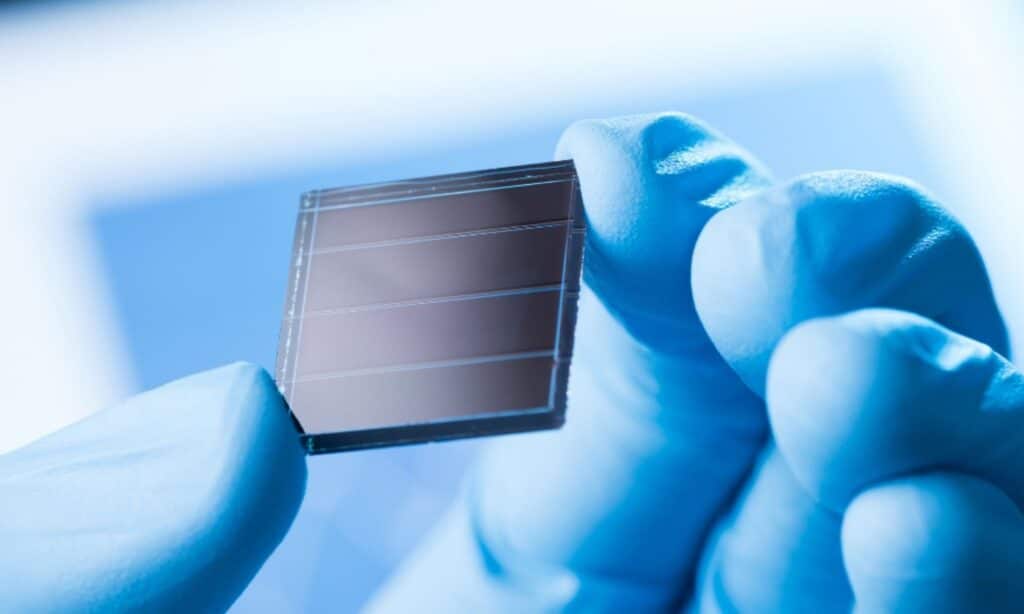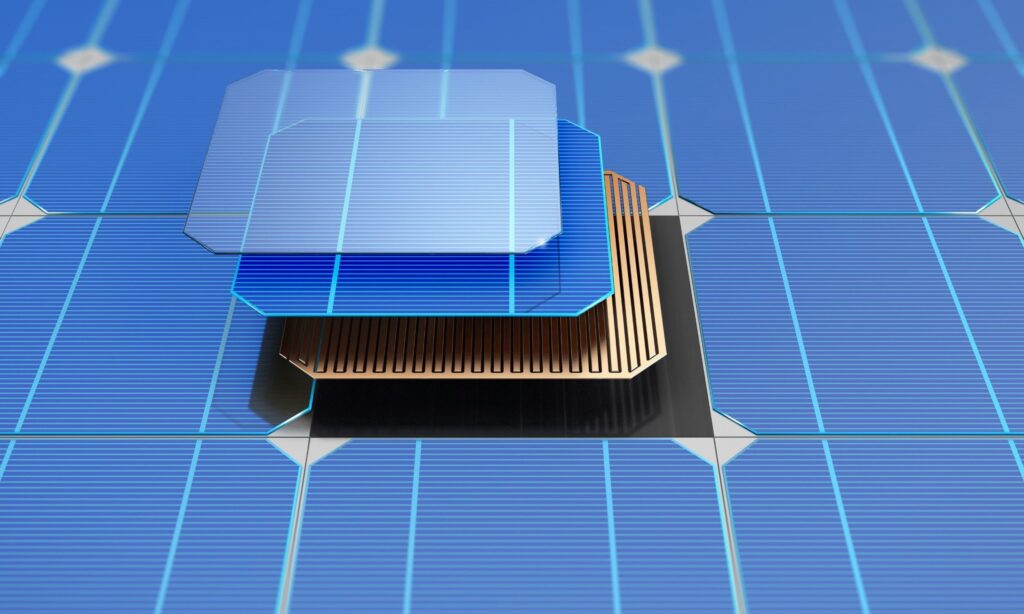Spatial ALD: Cost efficient and high throughput solar cell production
Spatial ALD solves the current market challenge of short lifespan and decreasing efficiency.

The future of photovoltaic energy
Increase efficiency
Perovskite-based solar cells are expected to become the future of photovoltaic energy generation because of their high efficiency and potentially low fabrication costs; either in a mono-junction, hetero-junction or in a tandem configuration with c-Si or other thin-film absorbers.


Electro transport layers
Increase lifespan
Spatial ALD technology is used more and more in perovskite solar cells to increase efficiency and lifespan. Examples include hole- and electron transport layers such as SnO2, TiO2, ZnO and NiO, ultra-thin Al2O3 passivation layers and encapsulation layers.
